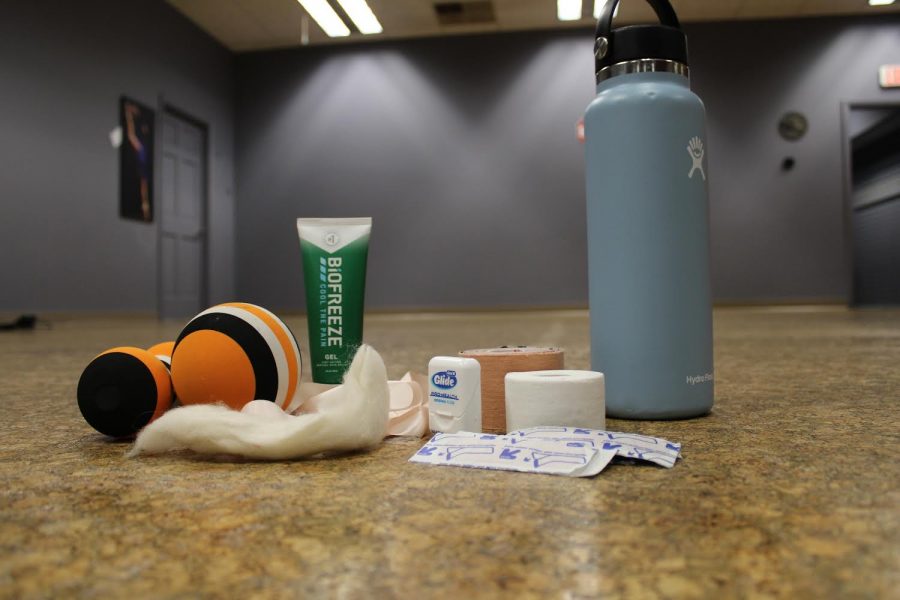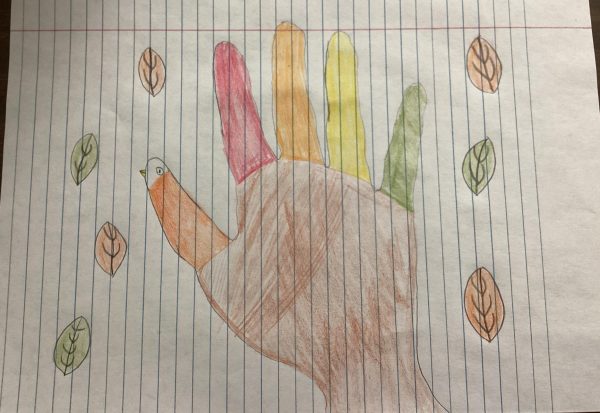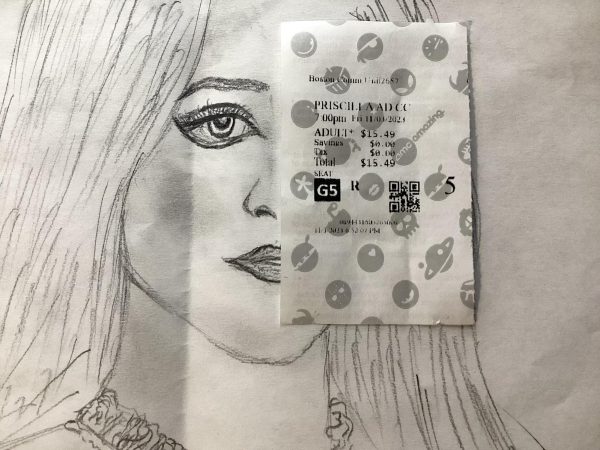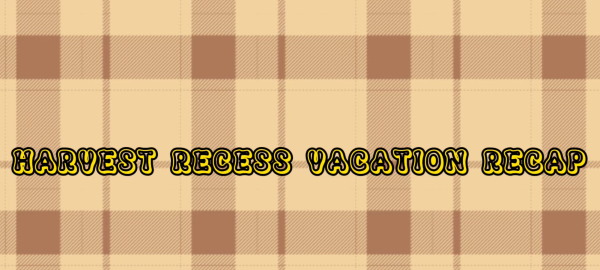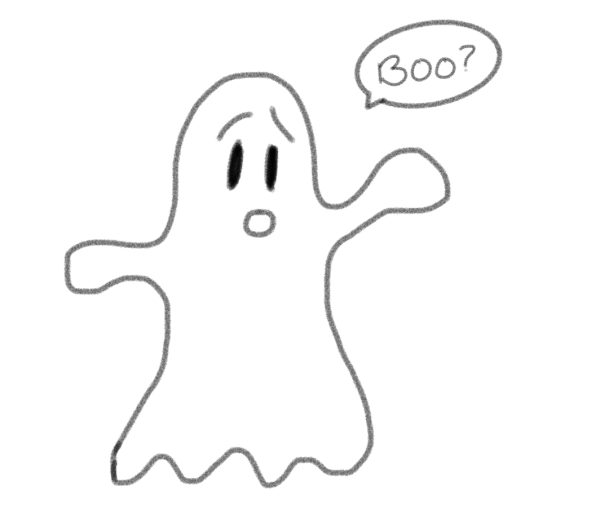The blood sweat and tears for your one big chance
How dance isn’t all tutus and frills
October 27, 2021
As a dancer myself I know how hard it can be to have people not understand how hard it is. Dance isn’t just physically challenging, it is also mentally and socially challenging. Here, dancers share some of the different struggles they experience daily.
Fiona Wu ‘25
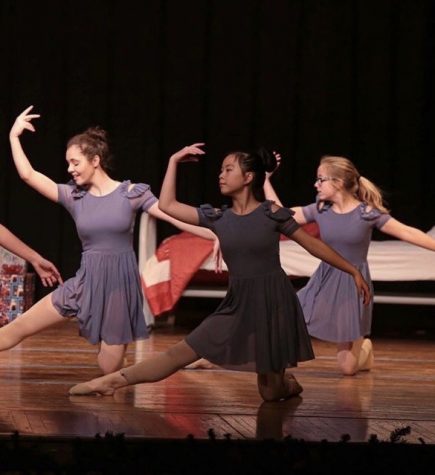
Can it be hard for you to balance your school work and dance?
“It is challenging sometimes, because you have scheduled times you gotta dance, but then it depends on the school and on the school day.”
As one of the sugarplum fairies in the upcoming Christmas show, what are the pressures like only being able to perform that role once?
“You can’t do it over…so usually if you don’t do it right the first day you can learn from that and do the second day, but now that I’m only sugarplum one day it’s really hard, and you know you saw me do the routine and the spins in it are super hard and difficult, even on pointe, too.”
When doing the turns in your sugarplum routine what is the most difficult thing?
“Literally everything, like spotting is most difficult, and making it look good is difficult too.”
What is more difficult, learning choreography or performing it well?
“I think performing it, because you do it right all the time during practices, but that’s your final moment to actually do it in front of people. Everybody’s eyes are on you and it’s scary.”
What are some physical and mental strains that come with dance?
“Mentally you get stressed a lot just because you have to learn all that choreography, and it depends how many classes you take. It really just depends on yourself and your school work to balance that.”
Emma Christie ‘24
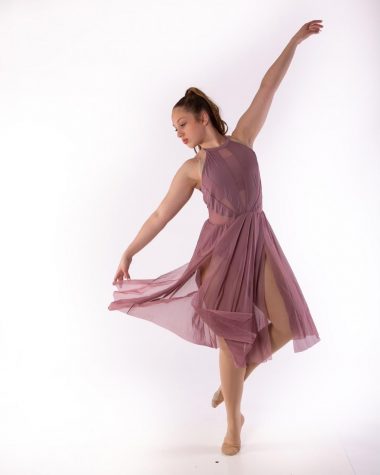
As a dancer what are things you find challenging?
“As a dancer I find many things challenging, one of which is sometimes perfectionism. There are things that as a dancer I would really like to be better at. One other thing that I struggle with a lot is comparison. There are maybe some moments when I look at myself or the way I dance and wish I could change things but I also know that I am myself for a reason and that makes me special.”
How worried are you about getting injured while dancing or in your personal life so you don’t have to miss dance?
“Yes, there are definitely times that I am very scared that I will hurt myself and never be able to dance because dance is my back bone and I’m not sure who’d be without it.”
What is the biggest strain you put on your body through dance?
“I think the biggest strain I put on my body is definitely mentally. Sometimes I psych myself out or I worry way too much about things.”
What are the most challenging parts of pointe for you? Financially, physically, etc.
“The most challenging part of pointe for me is definitely how fast I go through shoes. It definitely ties in with the financial burden.”
Olivia Kholbacker ‘23
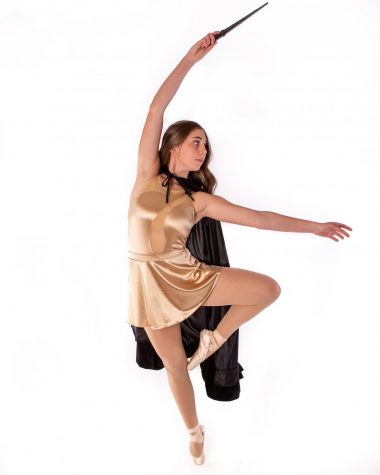
As a dancer what are things you find challenging?
“As a dancer I find time management challenging. Between school and soccer in the fall and all the responsibilities of being a dance teacher it’s hard to plan things out. Most of the time I won’t get home until 8:30 from dance classes.”
What is the most challenging part of pointe for you?
“The most challenging part of pointe is either sewing them or the technique and terminology for the skills. A lot of the skills are challenging and can be kind of frustrating at first. There’s a lot that goes into pointe: arm position, head position, legs, feet and face. It’s a lot to remember…it’s beautiful, but so rough on my body. All dance is physically straining and my whole body is sore at the end of the week.”
How does the intensity of dance compare to the other sports you do?
“Dance can be just as intense as soccer, but without the physical contact. I would say it can be as hard as soccer.”
Can it be hard for you to balance your schoolwork, social life and dance?
“It can be hard, most of the time I get to dance at 4:30 and leave at 8:15. I don’t have dance on Fridays or weekends so I do have a social life sort of.”
The Experiences Close to Home
These dancers are all talented and that is because they put in all the hard work and time as they explained. I also have struggles in dance. I have Raynaud’s syndrome which means my fingers and toes get really cold. So specifically in ballet and pointe this prevents me from pointing my foot all the way or feeling what I’m doing because my toes are practically numb. Many other dancers struggle with this too, because having Reynaud’s is not uncommon.
Dancers are prone to getting injured because there is a lot of stress on someone’s body through dance. Some of the most common are stress fractures, shin splints and foot problems. A stress fracture is a small crack in the bone from a dancer using their feet a lot. Shin splints come from jumping on hard floors or if someone lands incorrectly. Dancers will experience pain in the lower fronts of their legs making it not as easy to dance.
Foot problems can be many different ones but most common are bunions, corns, jammed toes, and tendonitis. Tendonitis is a very serious one that is an irritation in your tendons that can be very detrimental if it is not rested and healed. These injuries are just some of the few injuries that inflict dancers but are only a small part of the struggles that dancers are afflicted with. You probably are thinking now why would someone want to do dance and that is because just as much as it is a struggle it is a way to express yourself and be creative.
I dance because it is an outlet to express how I feel and just let go of the day. The thrill of performing and showing off your hard work in such a beautiful and delicate way is just amazing to me. Dance is also something for me to focus on and put all my energy into.
All dancers have a different reason why they dance, all of which surpass the struggles that come with it.

